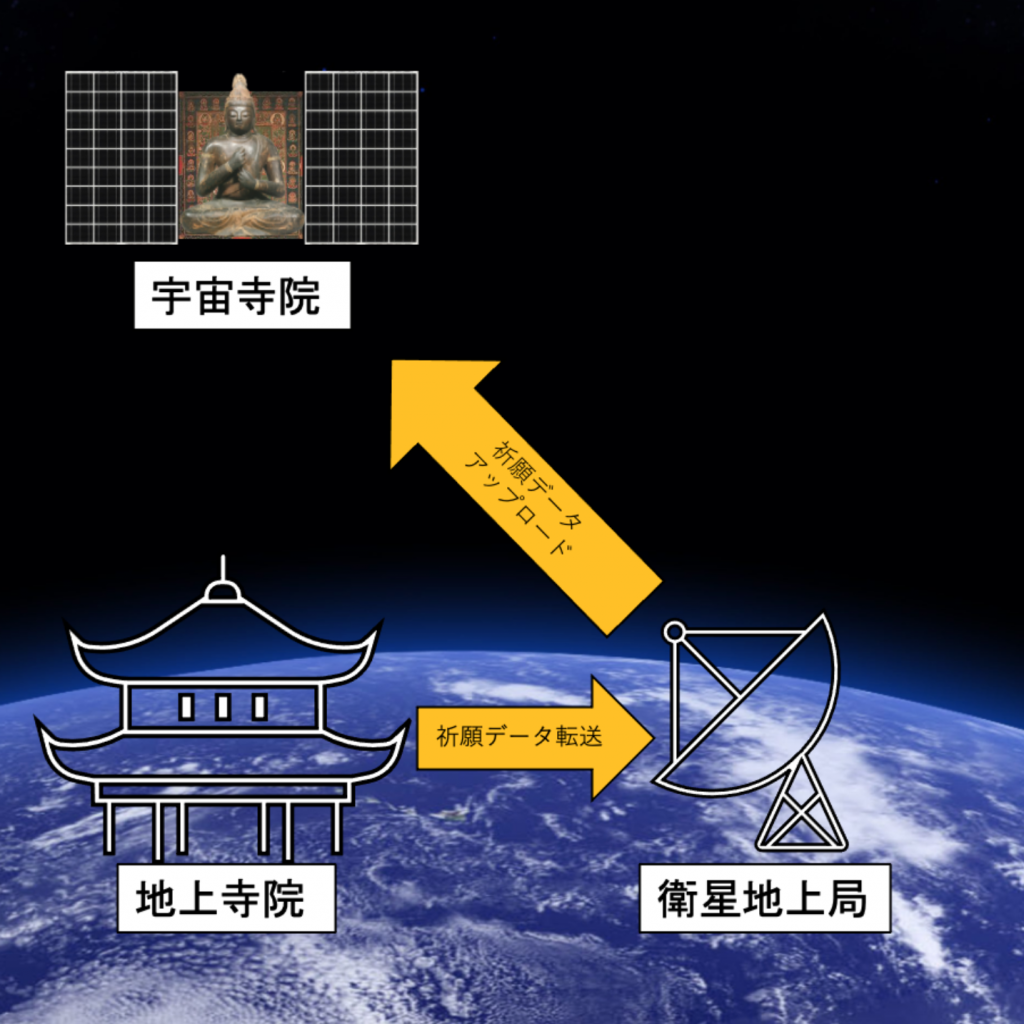Nothing is permanent, so everything is precious. Here’s a selection of some happenings—fleeting or otherwise—in the Buddhist world this week.
Kyoto Temple Plans Outer Space Location
Daigoji, a temple in Kyoto, Japan, was founded in 874, and has survived the many twists and turns of history—including Japan’s destructive Onin War (1467-1477). It remains one of the oldest structures in the former capital. But the Shingon Buddhist temple doesn’t appear to be tethered to earth by its extensive history—in fact, it plans on making an extraterrestrial move. According to Time Out, Daigoji is creating a second home in outer space. With the help of a Kyoto-based satellite research company called Terra Space, Daigoji plans to launch a “temple” on a low-orbit satellite, which will contain an enshrined Buddha sculpture, scriptures, and Buddhist artwork. The purported goal of the so-called Jotenin Gounji satellite is to create a temple that’s accessible to anyone, no matter where on earth they are. The extraterrestrial temple is scheduled to be launched sometime in 2023. One can only hope that the Buddhist aliens first spotted in Thailand will weigh in.
Bhutan Reports First COVID-19 Death
Bhutan reported their first COVID-19 death—yes, its first ever—on January 7. The Atlantic analyzed why that may be, suggesting that it may have to do with the fact that “resilience” is a part of Bhutan’s core national identity.
Bhutan only has 337 physicians for its population of about 760,000, and only one of these doctors has advanced training in critical care. While the United States has one of the best medical-rescue systems in the world, including advanced ICUs, US healthcare systems often neglect preventative care. In contrast, low-income countries like Bhutan must prioritize preventative care in order not to overwhelm their healthcare system, the Atlantic found. Bhutan began preparing for the spread of the virus just 11 days after China first reported a pneumonia outbreak of unknown cause in December 2019. When the first COVID-19 case was reported in Bhutan, in a 76-year-old American tourist, contact tracing efforts quarantined about 300 people in just over six hours.
When the World Health Organization declared a pandemic, Bhutan continued implementing strict and swift measures to prevent the spread of COVID-19. During lockdowns, the government delivered food, medicine, and other essentials to every household. A relief fund has also distributed $19 million in financial assistance to over 34,000 people whose income has been interrupted. Bhutan’s king, Jigme Khesar Namgyel Wangchuck, said from the very beginning that even one COVID-19 death would be too many. Meanwhile, February 7 was the first day since November that the number of new US cases per day dipped below 100,000.
Hawaiian Buddhist Temple Has Fed Over 20,000 People Since 2019
Honoka’a Hongwanji Buddhist Temple in Honokaa, Hawaii, has fed over 20,000 people through their Feeding Our Keiki and Kupuna initiative. The temple’s Peace Committee program started as a cultural education and cooking class for kids and expanded to a weekly Friday meal and grocery service for hundreds of community members, according to West Hawaii Today. Co-creator Ravi Singh said that in addition to addressing food insecurity, the project builds community, and “Community can solve any problem.”
China Plans World’s Biggest Dam on Tibetan River
China’s state-owned media has announced a plan to build a hydroelectric mega-dam on the Yarlung Tsangpo river in the Tibetan Autonomous Region (TAR). According to Al Jazeera, the plan has drawn criticism from Tibetan rights groups and environmentalists. The dam is also seen as a religious violation by many Tibetans. The Yarlung Tsangpo river represents the body of the goddess Dorje Phagmo, one of the highest incarnations in Tibetan culture. With the aim of achieving carbon neutrality by 2060, Beijing has redoubled its efforts on its hydropower projects in Tibet, even though the dams have drawn extensive criticism from environmentalists.
Buddhist Monks Lead Anti-Military March in Myanmar
Buddhist monks in Mandalay, Myanmar, led a march against the military takeover of the country earlier this week. According to Yahoo News, local reports said that protesters called for the release of leader Aung San Suu Kyi and other elected officials who were detained amid the February 1 military coup. Meanwhile, the International Network of Engaged Buddhists (INEB) issued a public statement calling for the unhindered restoration of democratic processes. INEB shared with Buddhistdoor Global an open letter urging that reconciliation occur through “nonviolent means.” Read reporter Joe Freeman’s analysis of recent events here.
Thank you for subscribing to Tricycle! As a nonprofit, we depend on readers like you to keep Buddhist teachings and practices widely available.
